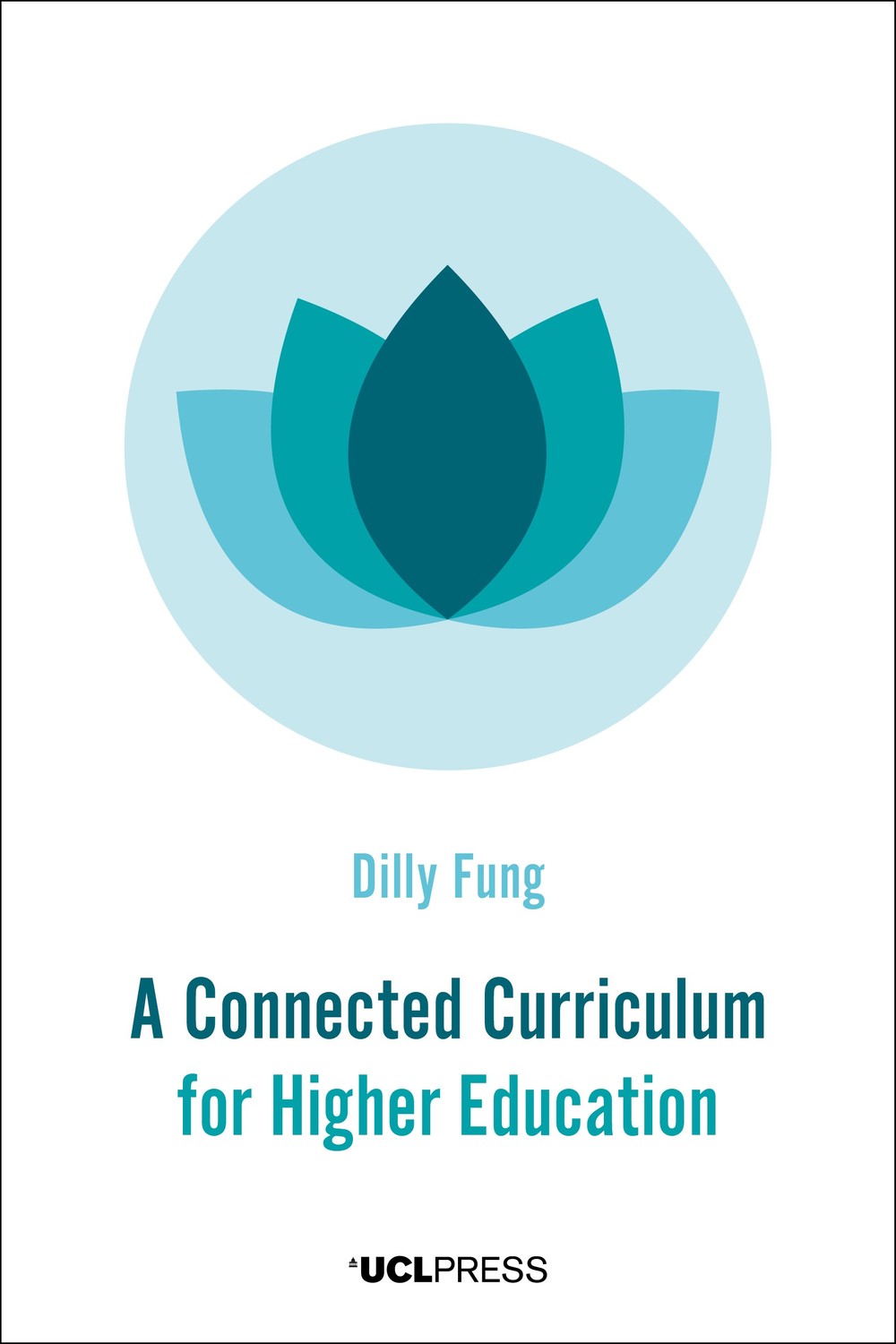Rethinking Class Size
The complex story of impact on teaching and learning
Peter Blatchford and Anthony Russell
Drawing on 20 years of systematic classroom observations, surveys of practitioners, detailed case studies and extensive reviews of research, Peter Blatchford and Anthony Russell contend that common ways of researching the impact of class size are limited and sometimes misguided. While class size may have no direct effect on pupil outcomes, it has, they say, significant force through interconnections with classroom processes. In describing these connections, the book opens up the everyday world of the classroom and shows that the influence of class size is everywhere. It impacts on teaching, grouping practices and classroom management, the quality of peer relations, tasks given to pupils, and on the time teachers have for marking, assessments and understanding the strengths and challenges for individual pupils. From their analysis, the authors develop a new social pedagogical model of how class size influences work, and identify policy conclusions and implications for teachers and schools.
Praise for Rethinking Class Size
'The authors have masterfully captured this real-world complexity at the end of the book in their new social pedagogy of learning ... This is a key ‘go to’ framework which policy makers, educators, and researchers can use to design better educational experiences. It provides a sound logic as to why environmental factors such as class size should not be ignored.'
Jennifer E. Symonds, Educational Review
'I find the book both refreshing and rewarding. I would recommend the Introduction to anyone who wishes to read a concise discussion of the topic both in the UK and internationally. The subsequent text extends and deepens the discussion, examining the major research projects that the writers undertook and mines them for answers to the conundrums they are examining. Chapter 4 is a key chapter because it investigates in detail the effect of class size on teaching. Yet, there is far more to this book since the discussion extends to peer relations in Chapter 6, the curriculum in Chapter 7, classroom processes and administration and ends with a concluding examination of the implications for practice and policy. This final discussion seems to me not only to be genuinely the summation of a vast amount of research but also extremely good sense. The book is extremely well written and the style of writing is accessible as well as being scholarly. Anyone involved in education should find this an interesting text and for those with a special in interest in class size, such as researchers or post-graduate students working on the topic, it will be a key text. Indeed, I would say that this is an important book in the field of Education since it makes a very significant contribution to an ongoing debate and I recommend it highly.'
Education 3-13, Mark Brundrett, Emeritus Professor of Education, Liverpool John Moores University, UK
'This book sets itself up as a powerful and evidence-rich ‘pushback’ against the statisticians and economists who rarely (if at all) attempt to connect the implications of class size to teaching and learning processes. The book makes the point that the classroom environment is often taken for granted and so the focus on learning contexts is timely and well presented. The data sources for the book are impressive. it proposes a new theoretical model which is truly an international contribution to the field and builds on previous research and work conducted across continents. It will prompt further debate among stakeholders. I congratulate the authors on a brave, bold and necessary book.'
Dr Gary Harfitt, University of Hong Kong
‘This book is sorely needed. It is evidence based, it is comprehensive, it is engaging, and it will add immeasurably to the debates and literature. [It] will move the debate from “class size does or does not make a difference” to what classroom processes are involved, and what else do we need to do in classrooms to justify the substantive costs involved. It is likely to become the go-to book on the topic for some time.’
John Hattie, Laureate Professor, Melbourne Graduate School of Education
Peter Blatchford is Professor in Psychology and Education at the UCL Institute of Education.
Anthony Russell has had an international career in teaching, teacher training, curriculum development and education research.
List of tables, figures and boxes
Glossary and abbreviations
About the authors
Acknowledgements
1. Introduction
2. Understanding class size effects, and our research approach
3. Class size and pupil outcomes
4. Class size and classroom processes: Teaching
5. Class size and classroom processes: Grouping practices and classroom management
6. Class size and classroom processes: Peer relations
7. Class size and classroom processes: The curriculum and tasks
8. Class size and classroom processes: Administrative aspects of teaching
9. Class size and differences between pupils, particularly those with SEND
10. Bringing it all together: Toward a social pedagogy of classroom learning
11. Conclusions
ReferencesIndex
Jennifer E. Symonds, Educational Review
'I find the book both refreshing and rewarding. I would recommend the Introduction to anyone who wishes to read a concise discussion of the topic both in the UK and internationally. The subsequent text extends and deepens the discussion, examining the major research projects that the writers undertook and mines them for answers to the conundrums they are examining. Chapter 4 is a key chapter because it investigates in detail the effect of class size on teaching. Yet, there is far more to this book since the discussion extends to peer relations in Chapter 6, the curriculum in Chapter 7, classroom processes and administration and ends with a concluding examination of the implications for practice and policy. This final discussion seems to me not only to be genuinely the summation of a vast amount of research but also extremely good sense. The book is extremely well written and the style of writing is accessible as well as being scholarly. Anyone involved in education should find this an interesting text and for those with a special in interest in class size, such as researchers or post-graduate students working on the topic, it will be a key text. Indeed, I would say that this is an important book in the field of Education since it makes a very significant contribution to an ongoing debate and I recommend it highly.'
Education 3-13, Mark Brundrett, Emeritus Professor of Education, Liverpool John Moores University, UK
'This book sets itself up as a powerful and evidence-rich ‘pushback’ against the statisticians and economists who rarely (if at all) attempt to connect the implications of class size to teaching and learning processes. The book makes the point that the classroom environment is often taken for granted and so the focus on learning contexts is timely and well presented. The data sources for the book are impressive. it proposes a new theoretical model which is truly an international contribution to the field and builds on previous research and work conducted across continents. It will prompt further debate among stakeholders. I congratulate the authors on a brave, bold and necessary book.'
Dr Gary Harfitt, University of Hong Kong
‘This book is sorely needed. It
is evidence based, it is comprehensive, it is engaging, and it will add
immeasurably to the debates and literature. [It] will move the debate from “class
size does or does not make a difference” to what classroom processes are
involved, and what else do we need to do in classrooms to justify the
substantive costs involved. It is likely to become the go-to book on the topic
for some time.’
John Hattie, Laureate
Professor, Melbourne Graduate School of Education
Format: Open Access PDF
328 Pages
B&W illustrations
Copyright: © 2020
ISBN: 9781787358799
Publication: November 12, 2020
Related products
A Connected Curriculum for Higher Education
Is it possible to bring university research and student education into a more...Ab Initio Language Teaching in British Higher Education
Drawing extensively on the expertise of teachers of German in universities ac...Architecture as a Way of Seeing and Learning
At the beginning of 2020, 66 long-term refugee camps existed along the East A...Assessment and Feedback in Higher Education
Teachers spend much of their time on assessment, yet many higher education te...








